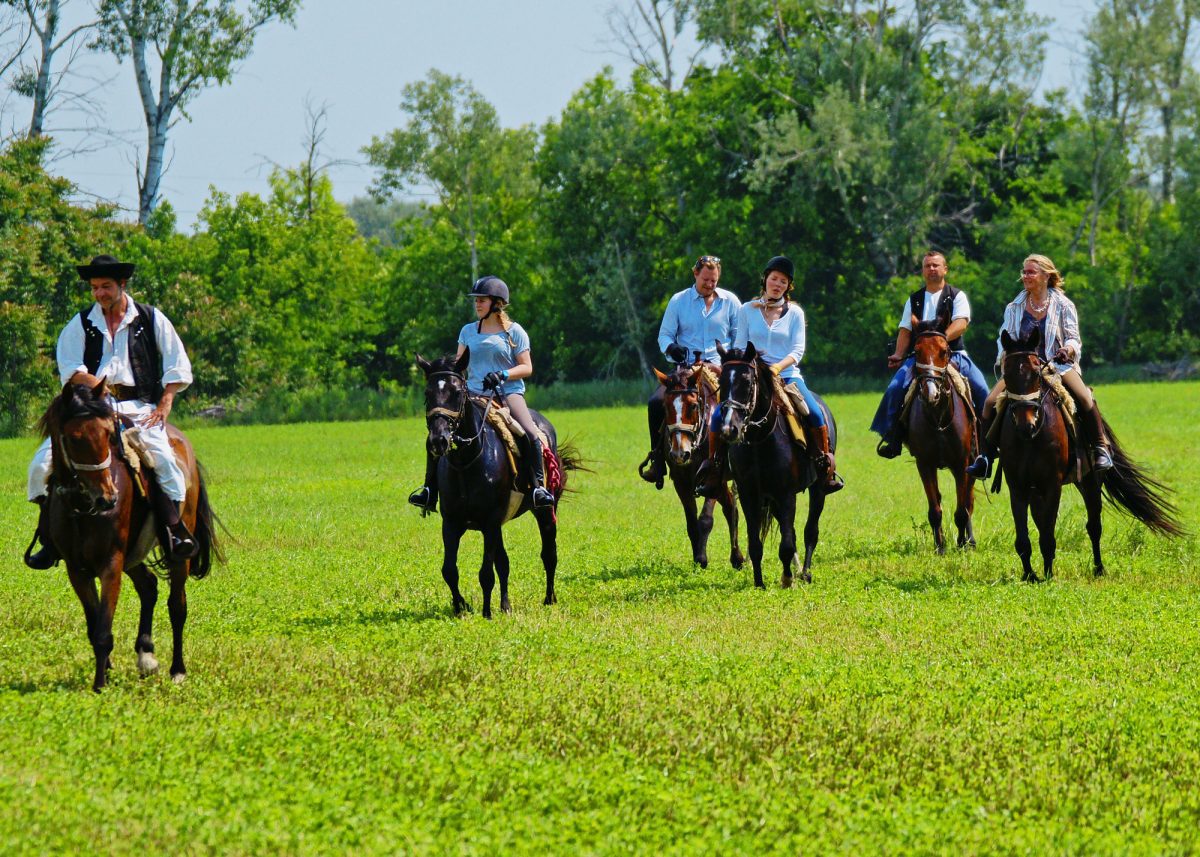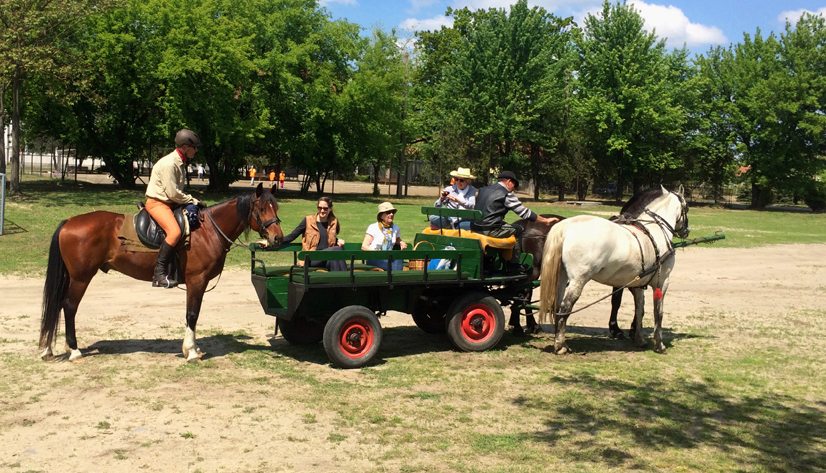In some ways a trip to Eastern Europe is a long step back in time. Life there now is similar to what it was a century ago in the United States when horses were still important for agriculture and people lived on family farms. The ancestors of modern Hungarians were the Magyars, renowned horse archers and nomads of the Steppes, who moved into Hungary in the 10th century and made it their home. Their equestrian traditions were much like those of the Mongols. For 2,000 years and more horse archers like the Magyars dominated warfare from central Europe to China. The success of these mounted archers depended on enormous equestrian skill. Handling a bow takes both hands so they had to direct their horses with their legs and shifts of body weight while they shot and restrung their arrows. The wide and fertile Hungarian plain or Puszta located between the Ottoman Empire in Istanbul and the Austro/Hungarian Empire in Vienna has been a battleground for cavalrymen for over a thousand years. Equestrian traditions are still strong and many different breeds of horses have been developed over the centuries. Away from the city the country is very rural. A large part is wild forest and open farmland with small villages making it ideal for riding.
You will probably arrive via Budapest, often called the Paris of Eastern Europe, which is located astride the mighty Danube River, the second longest of Europe. It has an ancient history dating back to pre-Roman times and its many thermal springs have been appreciated by tourists for millennia. It has numerous museums, cafes, restaurants, shops and galleries. The night life is vibrant and it is worth spending a few days here if you have the time.




